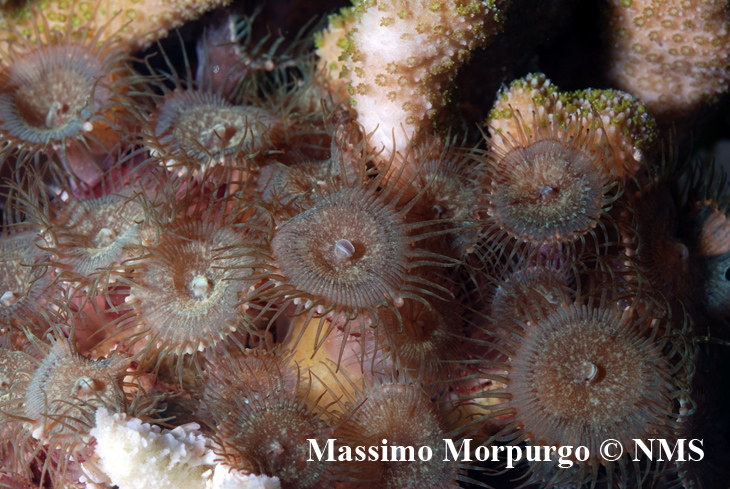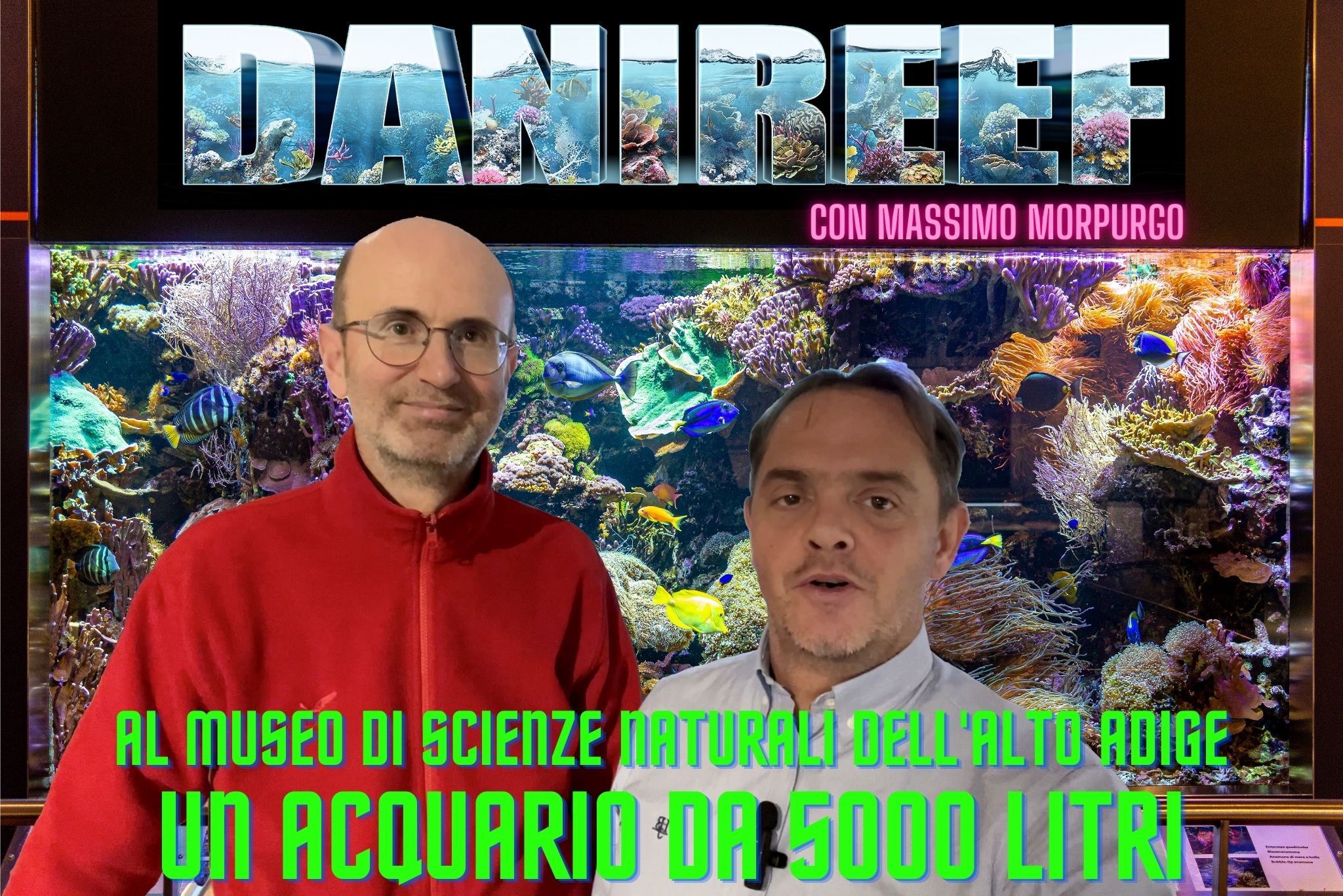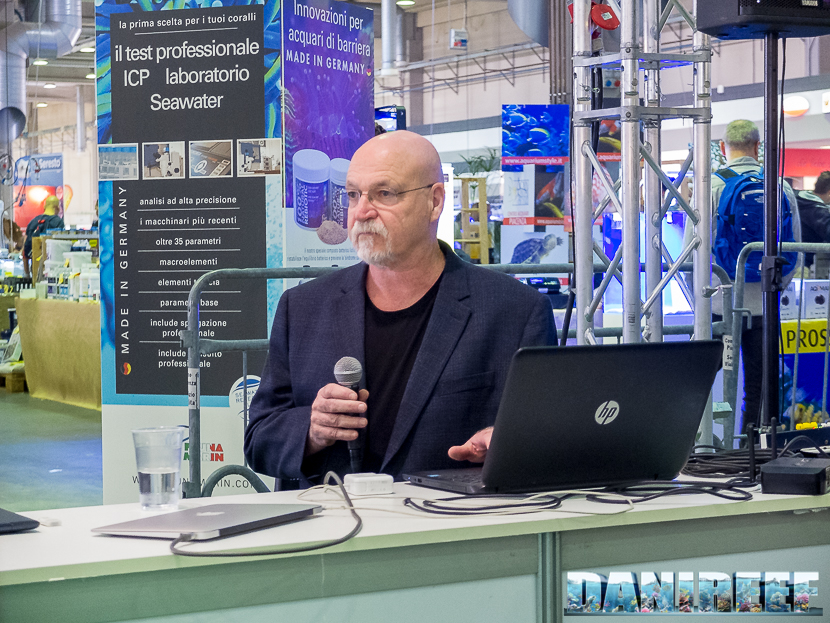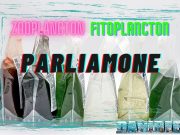
Introduction by Danilo Ronchi: Massimo Morpurgo, biologist, aquarium curator at the Natural Science Museum of Bolzano, talks to us about palytoxin: cures, remedies and problems that they can cause to those who come in contact with it. Massimo has been one of the main researchers in Italy who studied this intoxication phenomenon. Let’s now give the floor to Massimo Morpurgo.
This post is also available in: ![]() italiano
italiano
A few months ago the scientific journal Toxicon published the article “An aquarium hobbyist poisoning: Identification of new palytoxins in Palythoa cf. toxica and complete detoxification of the aquarium water by activated carbon” authors Luciana Tartaglione, Marco Pelin, Massimo Morpurgo, Carmela Dell’Aversano, Javier Montenegro, Giuseppe Sacco, Silvio Sosa, James Davis Reimer, Patrizia Ciminiello and Aurelia Tubaro.
Contribution to this Italian-Japanese collaborations has been made by the following institutions:
- Pharmacy department of the Federico II Naples University;
- Life Sciences department of Trieste University;
- Natural Sciences Museum of Bolzano;
- Science department of Ryukyus University, Okinawa – Japan;
- S. Maurizio di Bolzano Hospital.
In this article we find the first documented case in Italy (Bolzano) of a marine hobbyist who was intoxicated by palytoxin inhalation while he was trying to eradicate a Palythoa colony from his tank using boiling water.
During this research, two new palytoxins were identified.
It has also been demonstrated that active carbon for aquarium use is able to adsorb 99.7 % of palytoxins present in the tank water.

The Palytoxin PLTX
Palytoxin (PLTX) is one of the most powerful natural toxins and it has been isolated from the Palythoa toxica species (phylum Cnidaria: class Anhtozoa: subclass Hexacorallia: order Zoantharia) from the Hawaii islands. At later times palytoxins and its analogous have also been found in other Palythoa and Zoanthus species, in some dinoflagellates on the genre Ostreopsis, in the cyanobacteria Trichodesmium and in other marine invertebrates and vertebrates such as crustaceans and fishes.
Palytoxin has a non proteic structure and is thermostable, so it doesn’t degrade with temperature (for example you cannot get rid of it by cooking contaminated food). Palytoxin has the following chemical structure C129H223N3O54 with a molecular weight of 2680,13 Da. Similar toxins found in other Palythoa species differ in the lack of an oxygen atom like the deossipalytoxin, or for the presence of an hydroxil group “-OH” for the hydropalytoxin. Palytoxins are hydrosoluble and can be present in the aerosol under specific conditions. There is no known antidote for palytoxins.
Humans can be exposed to these toxins in different ways:
- Orally, by ingesting food that is contaminated such as crustaceans and fishes. This type of intoxication is the most dangerous, but it never happened in temperate zones. In tropical and subtropical regions there have been lethal cases.
- Via inhalation, palytoxin in the aerosol.
- Cutaneous or ocular, via direct contact with Zoantharia (or their mucus) or contaminated water.
In the past few years there have been increasing documented cases in the scientific literature, cases of intoxication associated with maintenance of home aquarium containing Palythoa or Zoantharia not better identified. So far, more than 50 people in Europe and North America have had to seek medical attention after being accidentally exposed to the evaporation of their tank containing palytoxins and, in some cases, following direct skin or eye contact.
Water vapor risks
The aerosol containing palytoxins can arise when we pour hot or boiling water on Palythoa polyps trying to eradicate them, or if the polyps are placed directly in it. The toxin can be inhalated also by the skimmer air output (or an aerator) or simply by the air surrounding a tank which contains damaged Palythoa. If the polyps are taken out of water they will produce a transparent mucus, which in some species and colonies contains palytoxins.
In several documented cases there have been whole families intoxicated by the air containing palytoxins coming from zoantharia in the tank. Just a few had a news about one suspected case in Australia.
Cutaneous infection does not only occur if you have an injury on your skin. Some marine hobbyist have developed keratoconjunctivitis, in some cases with temporary blindness, following water coming in contact with their eyes even if just touching them with dirty hands that have been in water or in contact with mucus secretion. While brushing away Palythoa from a rock with a little brush or toothbrush to remove then, you can accidentally spill little drops of water and mucus containing palytoxins in your eyes.












